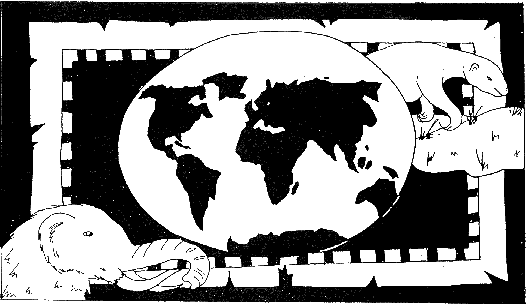








History of B.C.

The Ice Ages

At the beginning of the Quaternary period, specifically in the Pleistocene Epoch, the temperature of the earth dropped, and severe climactic changes occurred. From the Hudson's Bay area and east to the Rocky Mountains, glaciers creeped across the northern half of our continent four times during the last two million years. The sea level dropped because most of the earth's water was trapped within the large icecaps. The fallen sea levels periodically exposed a narrow land bridge between Asia and North America, known as Beringia, or the Bering Land Bridge. Animals, including camels, horses, and cheetahs migrated into Asia. From Asia, the mastodon, mammoth, bison, and muskox arrived in North America. The evidence of ancient glaciers is easy to see in the Rocky Mountains, with their deep carved u-shaped valleys, and widened canyons. Scientists believe that a series of glaciers, 1500 meters deep, molded and shaped our valleys, and moved our landscapes. At their greatest extent, glaciers covered more than 26 million square kilometers of land.